Tiantai Mountain Scenic Area
Tiantai Mountain Scenic Spot, National AAAAA Class Tourist Spot, National Key Scenic Spot, One of China's Top Ten Famous Mountains, National Eco-tourism Demonstration Zone, Zhejiang Top Ten Tourist Spots.
Tiantai Mountain Scenic Area is located in Tiantai Mountain in Tiantai County, Eastern and central Zhejiang Province. It is a famous mountain in eastern Zhejiang Province, with Ninghai and Sanmen in the east, Pan'an in the west, Xianju in the south, Linhai in the north, Xinchang in the north, Mianbo in the east. The shore of the sea. Famous for its "Buddhist Taoist Source and beautiful scenery", it is the birthplace of Tiantai Sect of Buddhism and Nanzong Sect of Taoism in China, as well as the birthplace of Jigong, a living Buddha.
Tiantai Mountain Scenic Spot mainly includes Guoqing Temple, Shiliang, Chicheng Mountain, Hanshan Lake, Huading Peak and so on. Guoqing Temple is a national cultural relic protection unit, and also the ancestral court of Japanese and Korean Buddhism Tiantai Sect. The beautiful low mountains, clouds and sea, and the magic of the Tiantai Buddha light, can be said to be a unique Tiantai, mountaineering and viewing, can be regarded as a great fortune in life.
On October 8, 2015, the website of the National Tourism Administration published a list of national 5A tourist attractions, including 14 scenic spots including Zhou Enlai's hometown. The 14 scenic spots announced in this announcement are distributed in 11 provinces of China. It includes: Tiantai Mountain Scenic Area, Taizhou City, Zhejiang Province.
On October 15, 2015, the website of the National Tourism Administration issued the Announcement of the National Committee for the Evaluation of the Quality of Tourism Resources Planning and Development. The Tiantaishan Scenic Spot in Taizhou City, Zhejiang Province, met the requirements of the National 5A Scenic Spot Standard and was approved as the National 5A Scenic Spot.
Tiantai Mountain is composed of granite. Many suspended rocks, cliffs, waterfalls.
It stretches along the coast of the East China Sea in Zhejiang Province. "There are eight mountains, one on all sides, three on the top. When the cows and girls are divided, they go to the rooftop, so they are called rooftop."
It is famous for its beautiful scenery. The southwest is connected with Xianxia Ridge and the northeast is connected with Zhoushan Islands. It is the watershed between Cao'e River and Yong River.
The main peak, Huading Mountain, is in the northeast of Tiantai County, with an elevation of 1098 meters (3602 feet).
The beautiful scenery of Tiantai Mountain has captivated countless literati and poets. "Tiantai Mountain, the God of the beautiful mountain cover also", "the wealth of the poor mountains and seas, to the magnificence of God and man."
The natural landscape of Tiantai Mountain is unique. There are endless exotic stones, caves, waterfalls and springs, endless ancient trees, famous flowers, precious birds, exotic animals, and "beautiful mountains and waters", which are natural botanical gardens and zoos. There are many exotic plants, rare birds and animals. There are Sui Mei, Tang Zhang, Song Bai and Song Teng. There are black medicine called "immortal medicine" and Dendrobium candidum.
Especially the Yunjin Rhododendron, which is widely distributed in the high mountains of kilometers, is over one hundred years old. It is as dry as iron, its twigs like hooks, and its branches are flourishing. Every year in the late spring, the flowers of light red and tender yellow are blooming. They are big and bright, with a thousand flowers and clusters of flowers, which look like beautiful clouds. The ancient trees, wide areas and flourishing flowers are rare in the whole country, which is a great plant wonder in Tiantai Mountain.
Rhododendron grows on Mount Tiantai under the infiltration of Reiki. At present, it is the oldest, tallest and largest "King of Rhododendron" in the world. It grows in the mountains of Huading Peak, Tiantai Mountain, with an elevation of 1200 meters and an area of nearly 300 mu. Its age is mostly between 400 and 1000 years. Its trunk is like iron, its twigs are like hooks, its branches are luxuriant, and it has a unique momentum.
Every May, Rhododendron trees in Yunjin compete with each other in blooming, with bright red and yellow flowers. More than 1,000 rhododendrons on each tree curl up into a cluster of 7 to 13 small rhododendrons per minute, forming a large bowl-mouth bouquet. The bouquets are clustered together again and again, which looks very beautiful. Therefore, Yunjin Rhododendron has a very vivid name called "Thousand Flowers Rhododendron".
In addition, there are rare wildlife such as big civet, Sumen antelope and clouded leopard. All these have greatly enriched the landscape tourism resources of Tiantai Mountain.
The scenic spots of Tiantai Mountain also have their own characteristics, which can be summarized as four words: ancient, Qing, strange and quiet. Chicheng Qixia, Shuangjian Huilan, Huading Xiu, Qiongtai Moon Night and so on are called the Eight Sceneries of Tiantai. Shiliang scenic spot is the essence of Tiantai Mountain, a national scenic spot.
Since ancient times, there has been the saying that "Big Eight Sceneries, Small Eight Sceneries, Famous Thirty Sceneries, How many Sceneries there are, Count to Count".
Tiantai Mountain Scenic Area is located in Tiantai Mountain in the eastern and central part of Zhejiang Province. It links Ninghai to the east, Sanmen to the west, Pan'an to the west, Xianju to the south, Linhai to the north and Xinchang to the north. It is well-known at home and abroad as a national scenic spot. It covers the coast of the East China Sea in Zhejiang Province. It is famous for its eight-fold mountains, one on all sides, three on the top. As a cow and a girl, it should stay on the platform. It is also known as the Tiantai ancestral court of Buddhism, the seat of Nanzong ancestral court of Taoism and the home of Jigong's "living Buddha". Tiantai Mountain, known as "the source of Buddhist Taoism", is the birthplace of Tiantai Sect, the first sect of Chinese Buddhism, and the home of Nanzong Sect of Chinese Taoism.
The main scenic spots are Guoqing Temple, Shiliang, Chicheng Mountain, Hanshan Lake, Huading Peak, etc. Guoqing Temple is a national cultural relic protection unit, and also the ancestral court of Japanese and Korean Buddhism Tiantai Sect. Up to now, there are still more than 3 million Tiantai Buddhists in Japan, Korea and Southeast Asia. Shiliang Falls is also one of the top ten scenic spots in Zhejiang Province. In 2000, Tiantai Mountain was awarded the first batch of China's 4A-level tourist areas (spots) by the National Tourism Administration.
On May 11, 2017, Guan Wenxin, Secretary of the Tiantai County Party Committee, announced to the public that from May 19, the National 5A Tourist Scenic Spot of Tiantai Mountain in Zhejiang Province had cancelled the tickets to the National Qing Scenic Spot and was open free of charge.
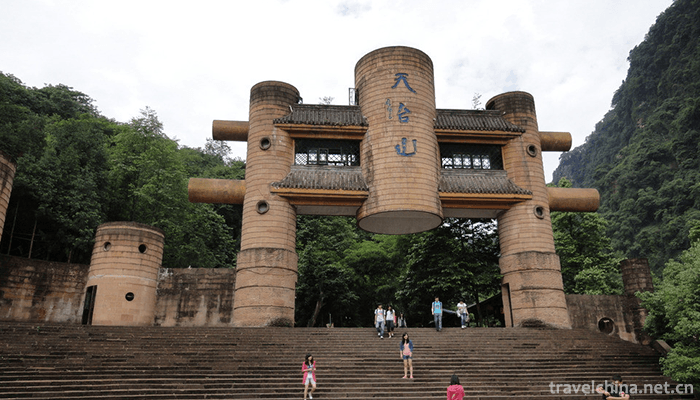
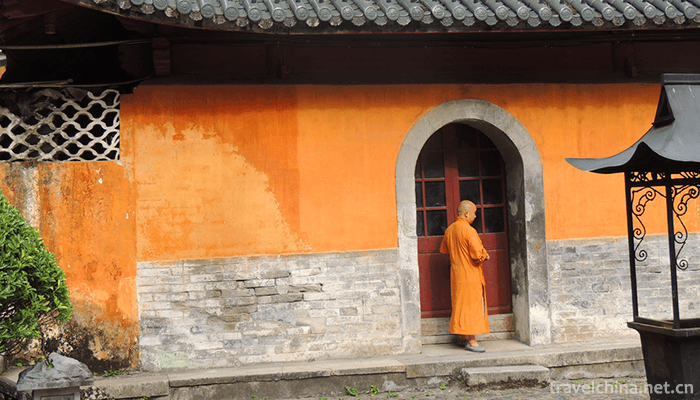
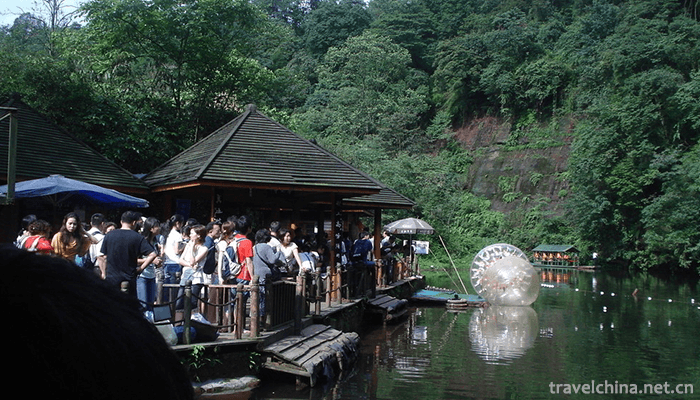
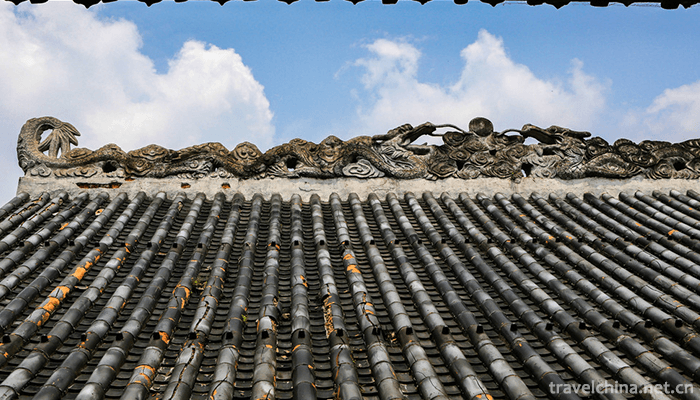
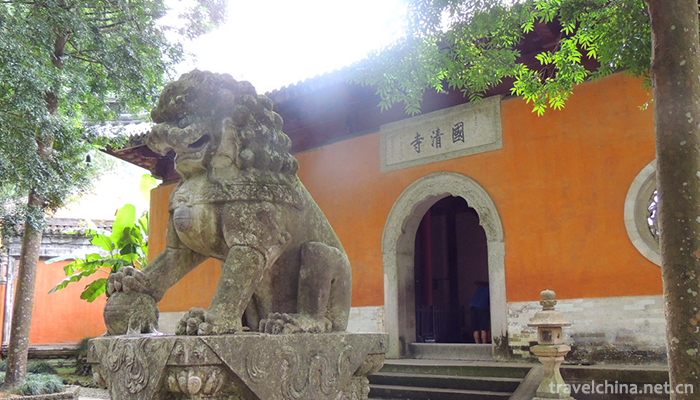
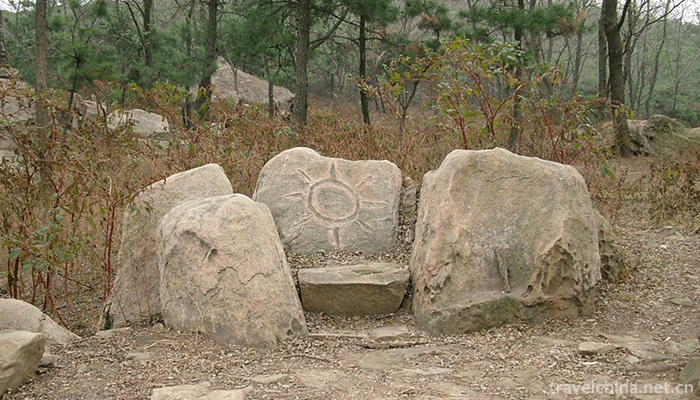
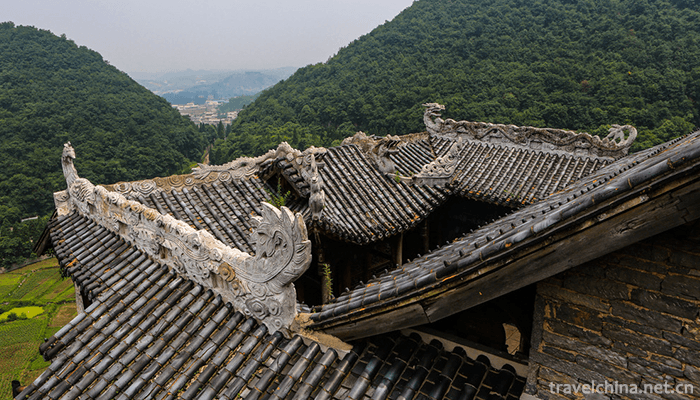
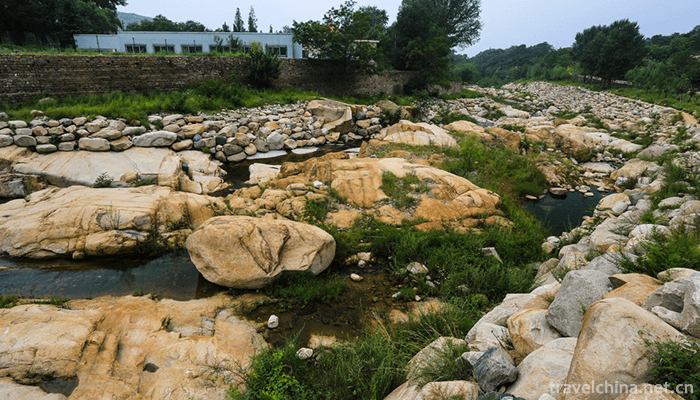
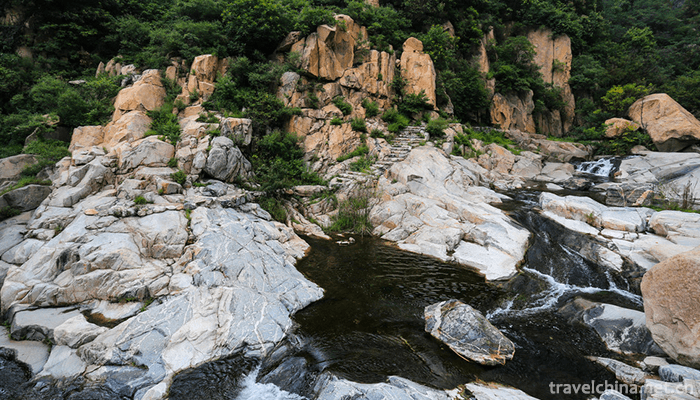
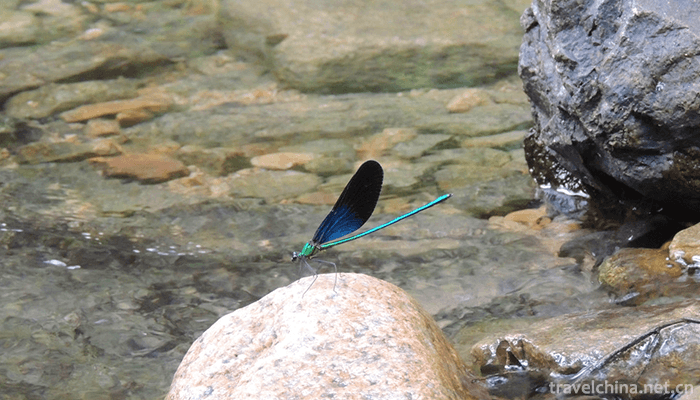
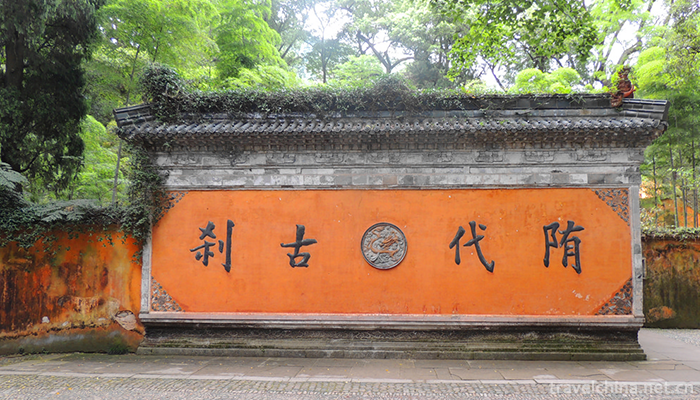
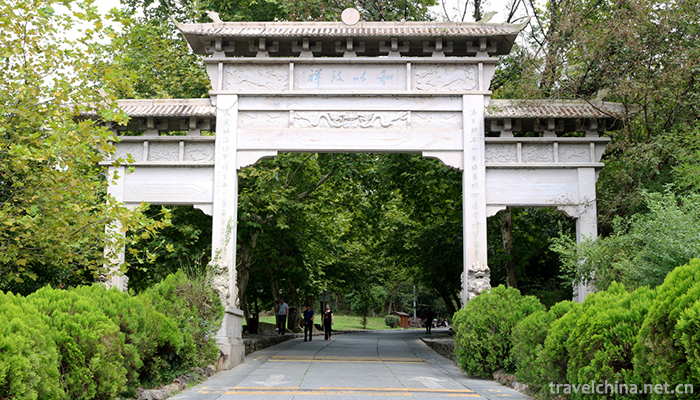
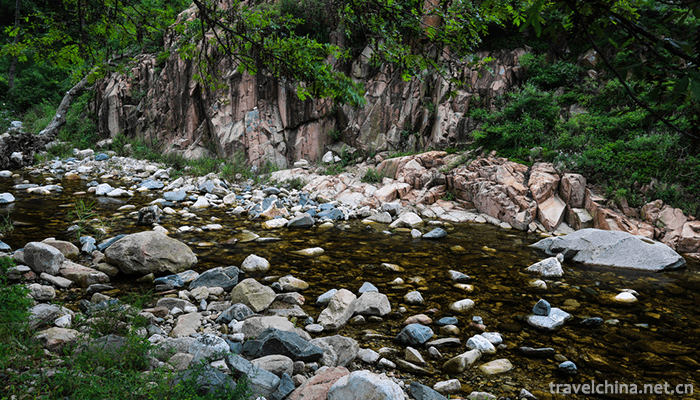
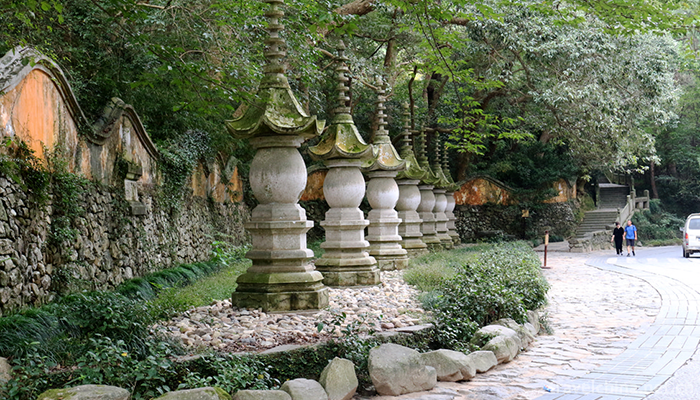
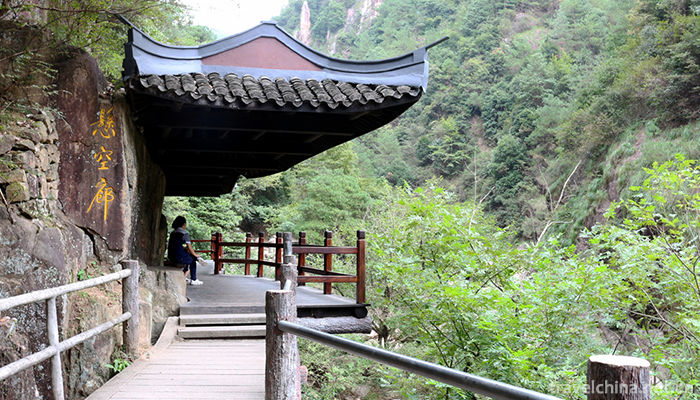
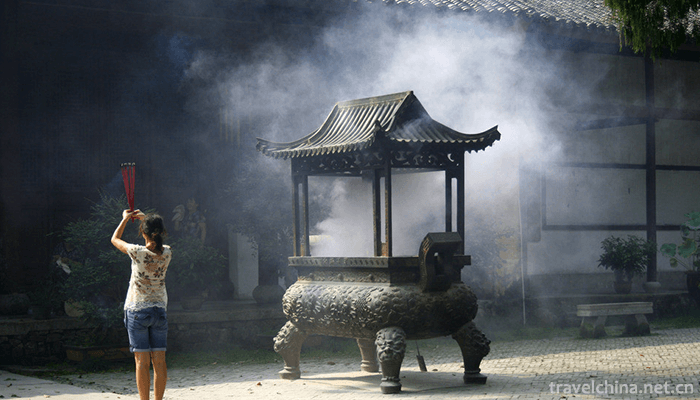
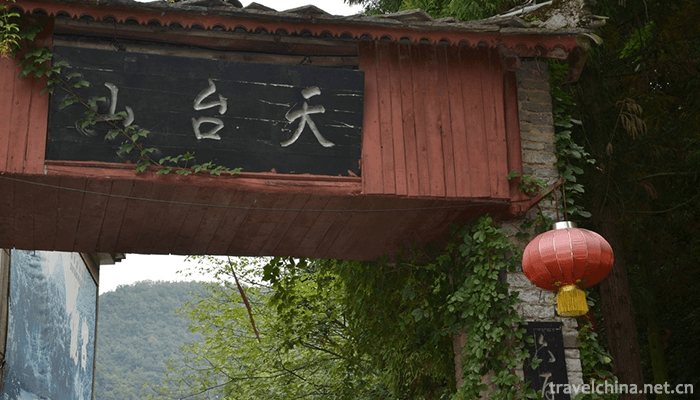
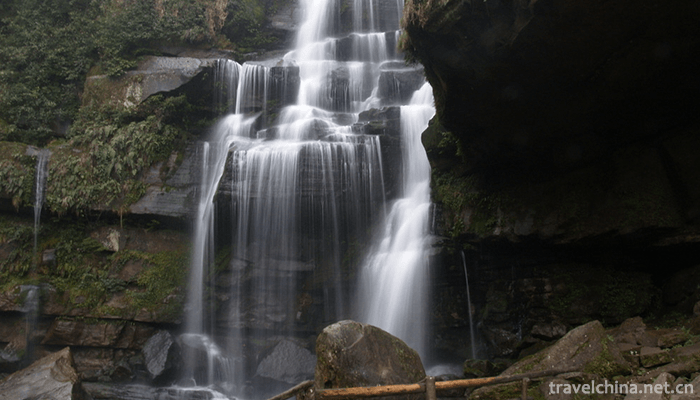

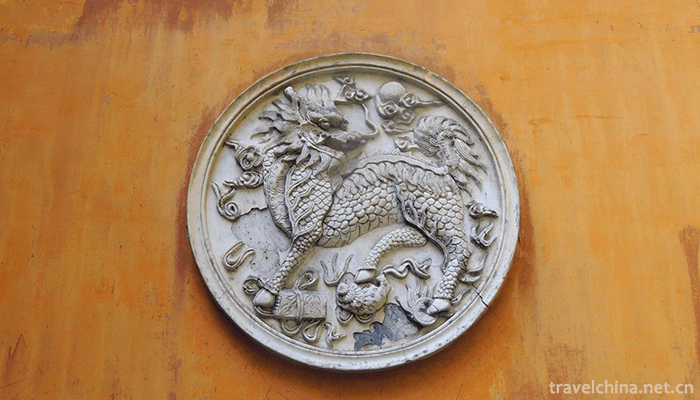
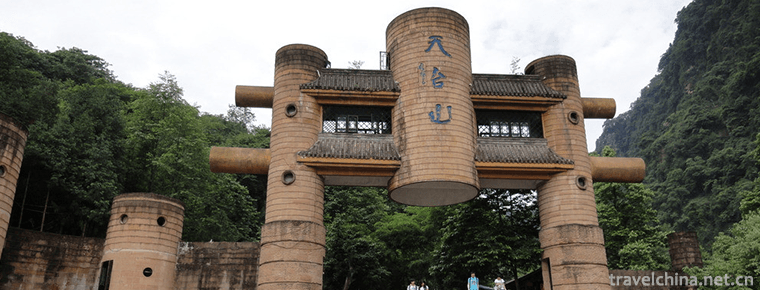
-
1.Tangwang River Linhai Qishi Scenic Area
Tangwanghe Linhai Qishi Scenic Area is located in Tangwanghe District, Yichun City, Heilongjiang Province.
Time 2018-12-05 -
2.Guifeng Scenic AreaShangrao City Jiangxi Province
Guifeng Scenic Spot is located in the southwest of Yiyang County, Jiangxi Province, beside 320 National Highway, 311 Highway and Zhejiang-Jiangxi Railway
Time 2018-12-08 -
3.Park hyatt Guangzhou
In Guangzhou Park Hyatt Hotel, a traditional Lingnan culture and Gourmet Tour is opened. Guangzhou Baiyue Hotel integrates Lingnan's long history and culture with Baiyue's delicate modern
Time 2018-12-16 -
4.Jiaozuo Film and Television City
Jiaozuo Film and Television City, located in Jiaozuo City, Henan Province, is a large-scale comprehensive tourist area with film and television shooting services as the main function
Time 2019-01-22 -
5.Traditional skills
Chinese traditional folk art is a craft inherited from Chinese folk, such as paper-cut is one of the most popular traditional folk decorative arts in China, with a long history
Time 2019-04-19 -
6.Dai nationality Zhang ha
Dai Zhangha, also known as "Zanha", is a traditional form of Dai folk song, which is spread in Xishuangbanna Dai Autonomous Prefecture in the southern border of Yunnan Province and Dai villa
Time 2019-04-24 -
7.Drum Dance
Dance and drum dance is a kind of folk dance of Miao nationality in China. Miao people's "encouragement" has a long history. The written records of Miao people's drumming
Time 2019-05-01 -
8.Shuoguzi
Shuoguzi, also known as Jingzhou Shuoguzi, is a kind of traditional folk music in Hubei Province. It mainly talks, sings in the middle, beats drums and tells stories, accompanied by suona. It is popul
Time 2019-06-16 -
9.Four Seasons Production Adjustment
Four seasons production tune includes five units: introduction, winter, spring, summer and autumn. The introduction emphasizes the significance of the four-season production tune inherited by the ance
Time 2019-06-16 -
10.Yangjiabu woodcut New Year paintings
Yangjiabu wood engraving New Year's picture is a traditional folk engraving which is spread in Weifang City, Shandong Province. Its production method is simple, exquisite craft, bright color, rich con
Time 2019-07-11 -
11.Hu Bilie Kublai Khan
Kublai was from 1215 to 1294, namely, Yuan Shi Zu, Mongolian, statesman and strategist. regent Torre Fourth sons, Yuan Xian Zong Mongo Brother. Yeke Mongghol Ulus The last generation of Khan, also at
Time 2019-09-07 -
12.Introduction to Panzhihua
Panzhihua, a prefecture level city of Sichuan Province, is located in the southernmost end of Sichuan Province, 614 km away from Chengdu in the north, 273 km from Kunming in the South and Lijiang and Dali in the West; it is located in the central and southern section of Panxi Rift
Time 2020-12-14